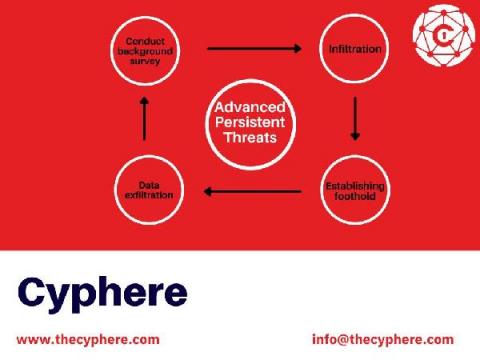What is LDAP Injection? Various types with examples and attack prevention
LDAP is a way for organisations to store user credentials and use them later. It provides access control as well as mechanisms to read and modify data. If the LDAP server isn’t properly configured or secured with another layer of protection, then it could be vulnerable to an attack called LDAP injection. However, you can only protect your applications if you: 1) know what LDAP is and 2) understand what can go wrong with it.











